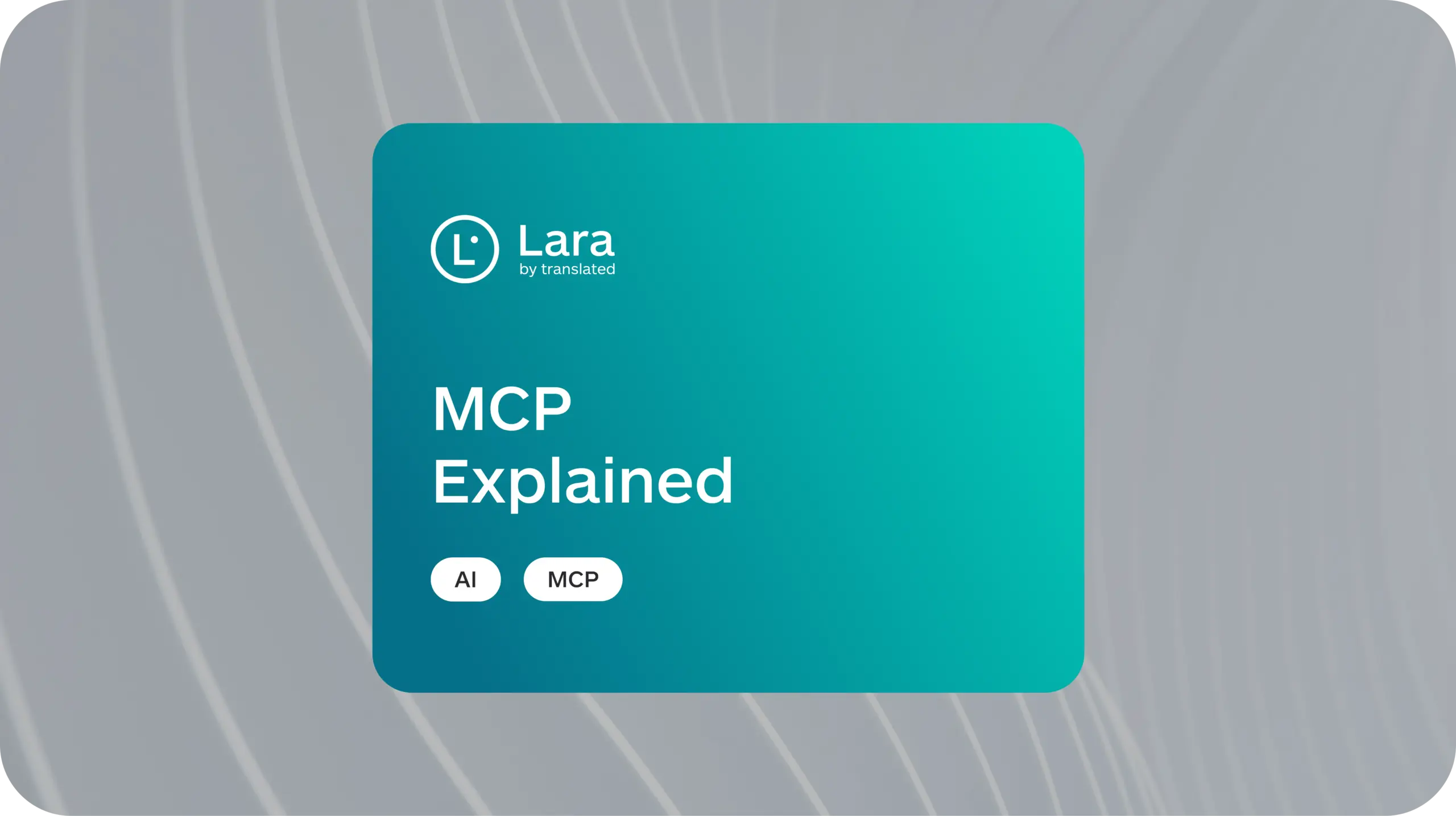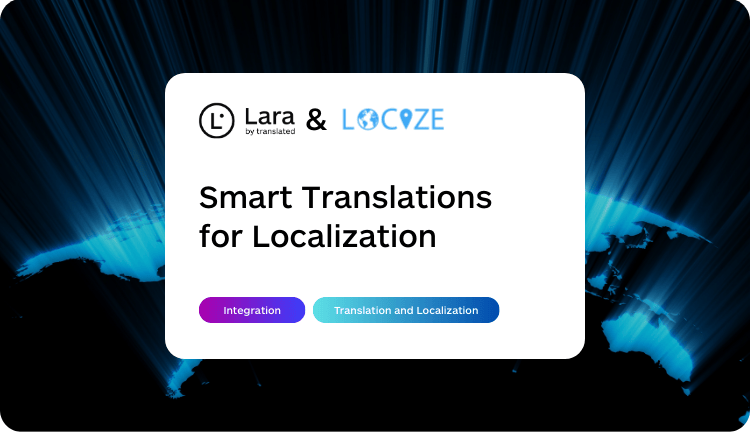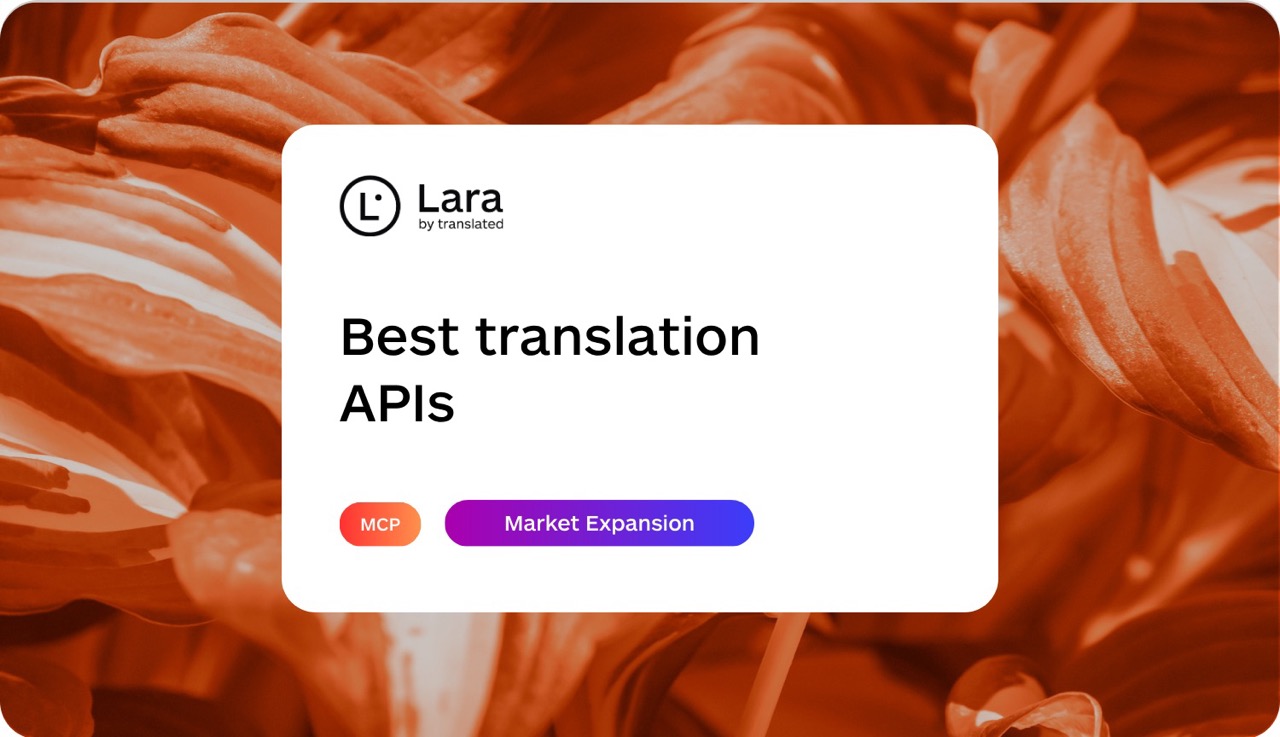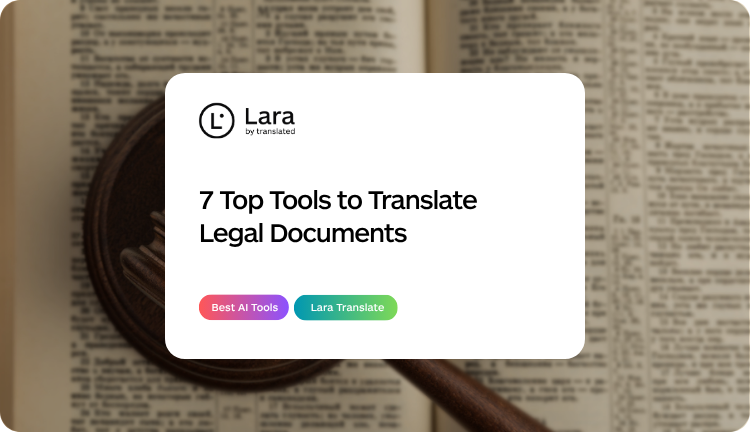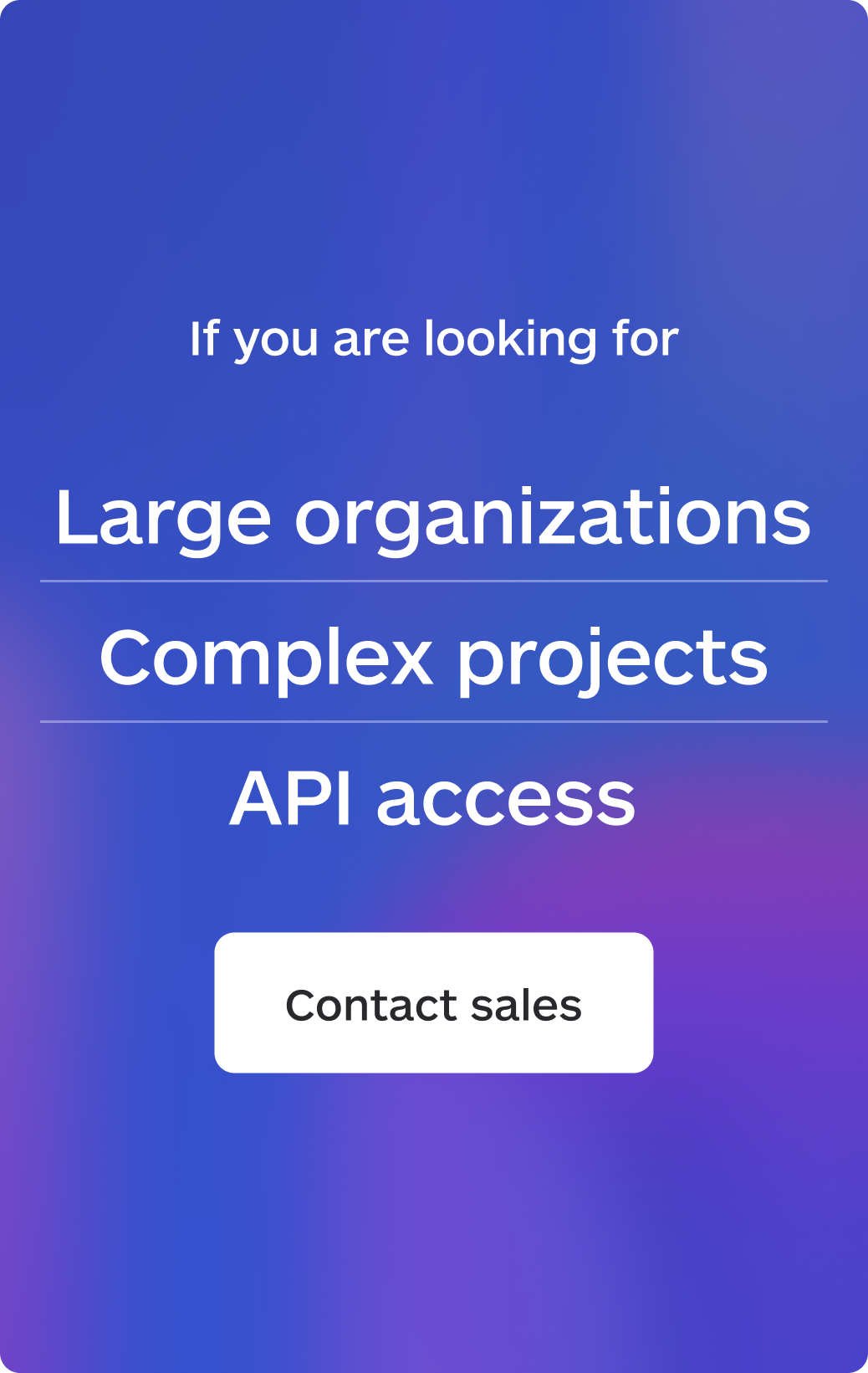Imagine asking your AI assistant to schedule a meeting, summarize a contract from your Google Drive, and pull last month’s sales from your company database—all in one go, no extra plugins or coding required. That’s the promise of the Model Context Protocol (MCP): a universal connector that lets AI systems understand, act on, and stay connected to the world beyond their training data.
Whether you’re a developer, AI enthusiast, or decision-maker exploring practical AI adoption, this article will help you understand how MCP is reshaping AI integration. Here’s what you’ll gain:
- A clear understanding of how MCP enables seamless, real-time connectivity between AI and tools like Slack, Google Drive, and SQL databases.
- Insights into how MCP gives AI agents memory and context across interactions.
- A breakdown of MCP’s architecture—hosts, clients, servers—and how they work together.
- An overview of the security and scalability features that make MCP enterprise-ready.
- Real-world examples of MCP in action, from code editors to business dashboards.
- A deep dive into how Lara Translate uses MCP to scale multilingual AI workflows.
- Links to open-source tools and SDKs so you can start building today.
Let’s begin with the basics.
What Is the Model Context Protocol (MCP)?
The Model Context Protocol (MCP) is an open standard created by Anthropic to make AI more useful in the real world. It acts as a universal interface that lets AI assistants securely connect to external tools and data—whether it’s a Google Drive folder, a Slack workspace, a SQL database, or a custom business system.
Rather than relying on one-off integrations or tool-specific APIs, developers can use MCP to build modular, reusable connectors called MCP servers. These servers expose resources and capabilities that any compatible AI system—known as an MCP host—can tap into.
Inspired by protocols like HTTP and the Language Server Protocol, MCP defines a clear structure for how data is requested, tools are invoked, and context is maintained across interactions. The result is a USB-C–like standard for AI: consistent, scalable, and flexible.
By giving AI access to live, domain-specific, and secure information, MCP eliminates the problem of isolation that limits many large language models (LLMs). It turns them from static responders into dynamic collaborators—able to work with the same tools and data humans do, in real time.
Why MCP Matters
Language models are powerful, but isolated. They can generate answers based on training data but struggle with current, specific, or secure information—unless developers build costly and fragile custom integrations.
MCP addresses this problem by introducing a universal protocol for tool and data integration. Instead of writing a new integration each time, developers write an MCP server once and reuse it across any compatible AI assistant. This modular approach cuts development time, improves reliability, and increases the security and auditability of AI systems. For end-users, it means AI agents that understand your business, tools, and workflows—without constant reconfiguration.
How MCP Works
The Model Context Protocol (MCP) works a bit like a well-organized delivery system that helps AI assistants get the information and tools they need to do their job. It’s made up of three key parts:
-
MCP Hosts are the AI-powered apps (like Claude Desktop) that need access to things like files, calendars, or databases.
-
MCP Clients are the “go-betweens” that understand both the AI’s language and the language of the tools it wants to use. Think of them as translators and traffic managers.
-
MCP Servers are the places where tools and information live—like folders, databases, or other software. They share what they have through MCP’s common format.
These parts talk to each other using a shared system of messages. The AI can ask for:
-
Resources – like a document, an image, or a list (just to read, not change).
-
Tools – like sending an email, running a search, or querying a database.
-
Prompts – pre-written task instructions it can reuse to save time.
Imagine you’re a developer using Claude (an AI assistant) inside your coding tool. You could ask it to find a specific file or check a database, and thanks to MCP, it can do that instantly—without needing to write extra code or switch between apps. Everything just works, because the pieces speak the same language.
Key Benefits of MCP
The Model Context Protocol isn’t just a clever idea—it’s a practical solution designed to make AI assistants smarter, safer, and easier to use in the real world. Here are the core benefits that make MCP a game-changer for developers, teams, and end users alike:
- Standardized Integration — One protocol replaces thousands of bespoke APIs
Instead of reinventing the wheel for every new app or tool, MCP offers a single, unified way to connect AI assistants with external systems. Whether it’s a file-sharing platform or a project management tool, the same protocol can be used across all of them—saving time, reducing errors, and making it easier for developers to scale. - Extended Capabilitie — AI agents can fetch files, send emails, analyze data, and more
With MCP, AI is no longer limited to answering questions. It can take action—like reading a document, retrieving a spreadsheet, sending an email, or querying a database. This gives AI the power to be a true assistant that not only thinks but does. - Secure by Default — Permissions, audit logs, and structured access prevent misuse
MCP is built with security in mind. Developers can control exactly what data and tools the AI can access. Every action can be logged and reviewed, and users must approve sensitive tasks. This ensures that MCP-powered AI systems are trustworthy and transparent. - Multi-language SDKs — Available in Python, TypeScript, Java, C#, and Kotlin
No matter what programming language your team uses, there’s likely an MCP Software Development Kit (SDK) ready to go. This makes it easier for developers to integrate MCP into their existing systems, regardless of their tech stack. - Plug-and-Play — Easily add or replace tools without changing the AI logic
Want to swap out Google Drive for Dropbox? Or connect a new CRM system? With MCP, you can do that without touching the AI’s code. The protocol handles the connection, so your AI assistant doesn’t need to relearn anything—it just keeps working. - Open and Extensible — Anyone can build or contribute servers for new use cases
MCP is open source and community-driven. That means anyone can create new connectors (called servers) or improve existing ones. As more people contribute, the ecosystem grows—making MCP more useful for everyone. - Contextual Memory — Support for maintaining session data across interactions
MCP allows AI to remember what it did in previous conversations. Whether it’s the files you accessed last time or the task you were working on, MCP enables long-term memory so AI can follow along, pick up where it left off, and provide smarter, more relevant help over time.
Real-World Use Cases
- Developer Tools: Code editors like Cursor and Replit use MCP to let AI assistants retrieve project files, view Git history, and run test suites.
- Business Intelligence: AI copilots use MCP to query sales databases, summarize dashboards, and report KPIs.
- Customer Support: Assistants fetch past tickets, knowledge base entries, and CRM data to offer contextual help.
- Marketing Automation: AI generates campaign copy based on real-time data from tools like HubSpot or Notion via MCP.
- Personal Productivity: AI connects to calendars, emails, and notes, summarizing tasks and suggesting actions.
- Multi-Agent Collaboration: Multiple AI agents share context and hand off tasks seamlessly using MCP’s shared protocol.
Lara Translate and MCP
Lara Translate supports MCP to power next-generation language operations.
This can enable agents to:
- Automatically fetch source files from Google Drive or a CMS.
- Ensure consistency using in-context terminology and brand-specific phrasing.
- Deliver translations directly into platforms like GitHub, Notion, or WordPress.
Because Lara Translate’s AI runs on top of MCP, it supports secure collaboration, real-time updates, and extensibility—ideal for teams working across markets, languages, and content formats.
Useful links:
- Getting started with Lara Translate MCP Server
- Lara Translate Developer Docs
- Lara MCP Server Github
- Lara MCP Docker
FAQ
Who created MCP?
MCP was created by Anthropic, an AI research company known for developing safe and helpful general-purpose language models. They introduced MCP in late 2024 to address the growing complexity of integrating AI systems with real-world data and tools. Anthropic continues to maintain the protocol in collaboration with the open-source community.
What is MCP in simple terms?
MCP is like a universal plug for AI—it allows models to interact with various external systems like databases, file storage, or APIs, using a single, consistent protocol. Instead of building a new integration every time, developers can connect AI models to different tools through reusable components called MCP servers.
Can I use MCP with OpenAI or ChatGPT?
Yes. While OpenAI’s models don’t natively support MCP, community-built bridges exist that translate function calls from the OpenAI API into MCP-compliant messages. This means even AI tools using ChatGPT can benefit from MCP’s extensive connector ecosystem.
Is MCP open source?
Absolutely. MCP is published as an open standard with a full specification, SDKs in multiple programming languages, and reference implementations all available on GitHub. This openness encourages widespread adoption and ensures transparency and collaboration.
Where can I find MCP connectors?
Dozens of connectors—known as MCP servers—are available in the official repository on GitHub under the modelcontextprotocol/servers organization. These include ready-to-use adapters for Google Drive, GitHub, PostgreSQL, Slack, Notion, and many more. New connectors are added regularly by both the core team and the open-source community.
How is MCP different from APIs?
Traditional APIs are service-specific and often require developers to learn each tool’s quirks, authentication methods, and error handling. MCP abstracts these complexities behind a common interface. Instead of coding each integration from scratch, developers implement a standardized server that can plug into any AI host that understands MCP.
Does MCP support real-time or streaming responses?
Yes. MCP supports server-sent events and streaming data—making it ideal for tasks like monitoring logs, responding to long-running queries, or updating interfaces incrementally. This allows AI systems to receive ongoing data rather than waiting for a single final result.
Can MCP be used with multimodal AI (e.g., image or audio)?
While MCP was initially focused on text-based resources and actions, it’s evolving rapidly. The roadmap includes support for multimodal data types, such as images, audio, and even video. This will enable AI systems to interact with broader datasets and perform tasks like generating or analyzing media content.
Is MCP secure?
Yes. MCP was designed with security in mind. It supports structured access control, user consent for sensitive data, and scoped tool permissions. Developers can build servers that enforce custom authentication policies, while clients can require human approval for certain actions or tools.
What are the typical use cases for MCP?
MCP is already being used in developer tools (e.g., code editors), business intelligence dashboards, customer support bots, translation workflows, and personal productivity assistants. It’s especially powerful in environments where multiple AI agents need to collaborate or where data security and real-time context are critical.
Do I need to be an AI expert to use MCP?
Not at all. MCP SDKs and templates are designed for developers of all levels. Whether you’re integrating your first AI assistant or adding tools to an enterprise-grade system, MCP simplifies the setup and reduces the need for complex AI-specific code.
How can I start using MCP in my project?
You can begin by choosing a language-specific SDK (Python, TypeScript, Java, etc.) from the official GitHub page. Then either run a pre-built server (like Google Drive or Slack) or build your own custom connector using the available templates and documentation. Community support is available through forums, Discord, and GitHub discussions.
Conclusion
The Model Context Protocol isn’t just another API—it’s infrastructure. By offering a universal, secure, and scalable method for connecting AI to the tools and knowledge it needs, MCP lays the foundation for a new era of intelligent systems. Whether you’re building an AI assistant, coding agent, or enterprise copilot, MCP provides the plug-and-play backbone that makes integration seamless and future-proof.
As more developers, platforms, and organizations adopt this standard, MCP is poised to become the connective tissue between AI and the real world. Now is the time to get involved, build a server, or simply experiment with a new kind of AI experience—one that remembers, acts, and evolves alongside you.
This Article Is About
- What the Model Context Protocol is
- Why it solves context and integration challenges for AI
- How MCP architecture works (Hosts, Clients, Servers)
- The benefits of using MCP over custom integrations
- Practical use cases from dev tools to customer support
- How Lara Translate uses MCP for multilingual workflows
- Where to explore and implement MCP today
